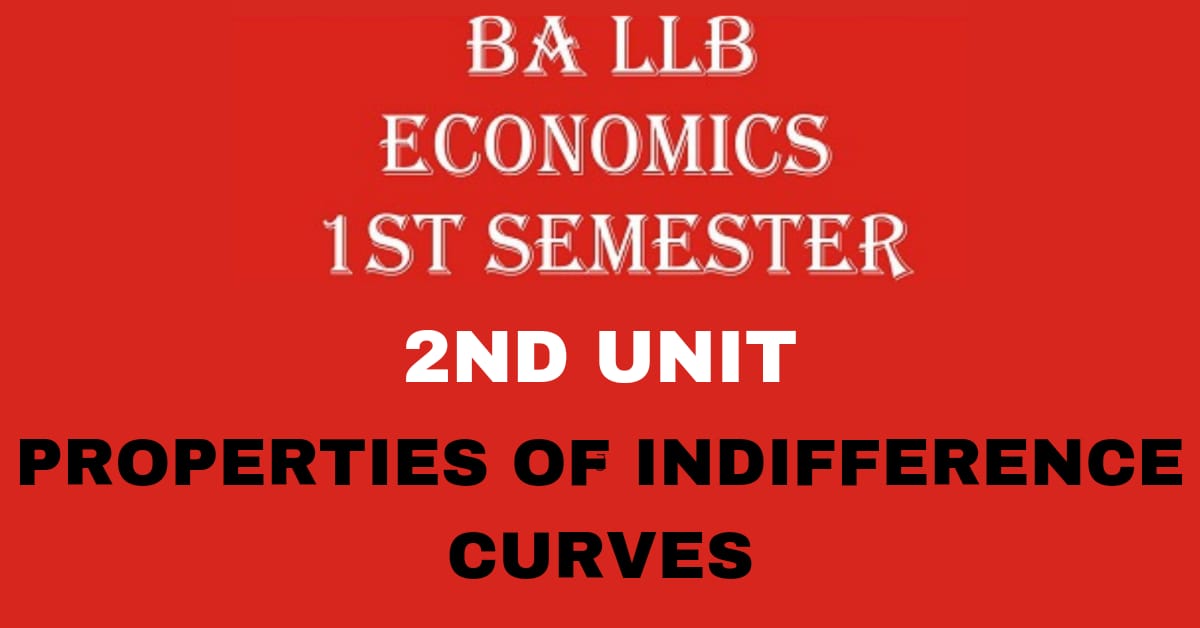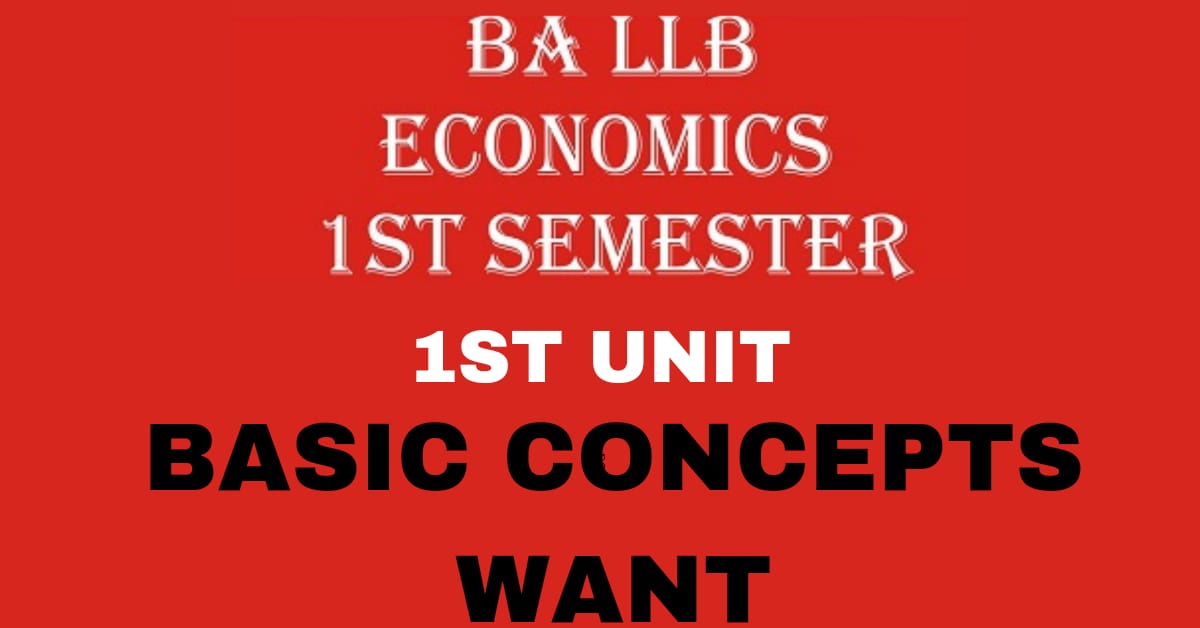Meaning:
In economics, an indifference curve represents a graphical representation of combinations of two goods that provide a consumer with equal levels of satisfaction or utility. Indifference curves are used in microeconomics to illustrate consumer preferences and choices in decision-making. An indifference curve may be defined as a locus or path indicating different combination of two commodities which yield equal or same level of satisfaction. Properties of indifferent curves indicates the level of satisfaction gets by a consumer from different goods.
According to J R Hicks, “it is the locus of the points representing parts of quantities between which the individual is indifferent and so it is termed as an indifference curve.”
Properties of indifference curve:
- An indifference curve always slope downwards from left to right: In order to represent fall in the quantity of one commodity and increase in the quantity of another commodity, the Indifference curve must slope downwards from left to right. The Indifference curve cannot be moving upward neither horizontal nor vertical line.
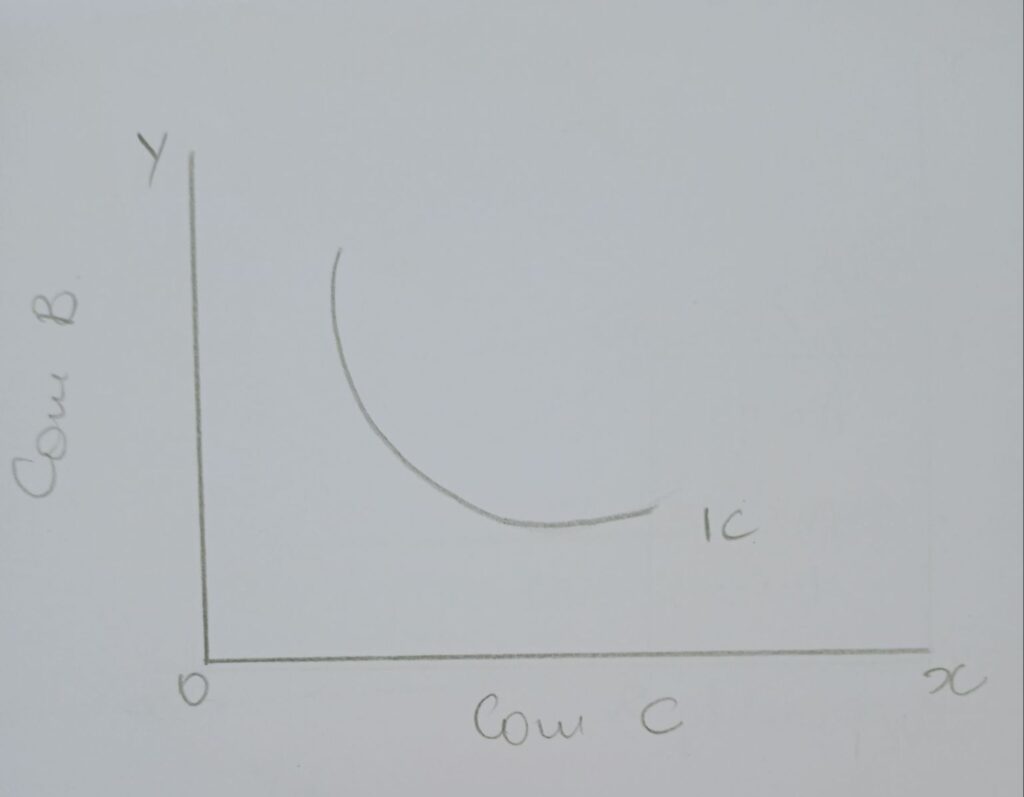
- An indifference curve is convex to the origin of the axis: This property is derived from the law of DMRS. The IC always must be convex to the origin of the axis. If the curve is concave in that case DMRS cannot be represented.
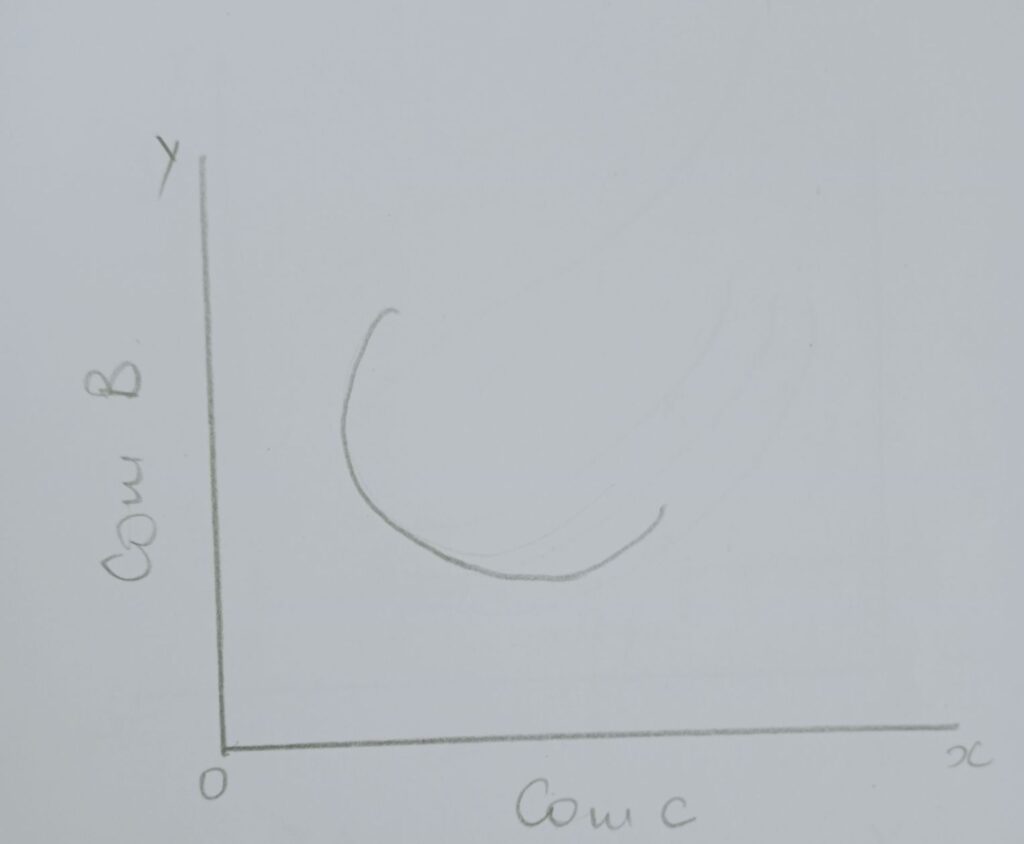
- No two indifference curve intersects each other: Each IC represent only one particular level of satisfaction. If two curves cut each other at one point, it indicates equal level of satisfaction at the interesting point . This is against the rule of indifference curve analysis.
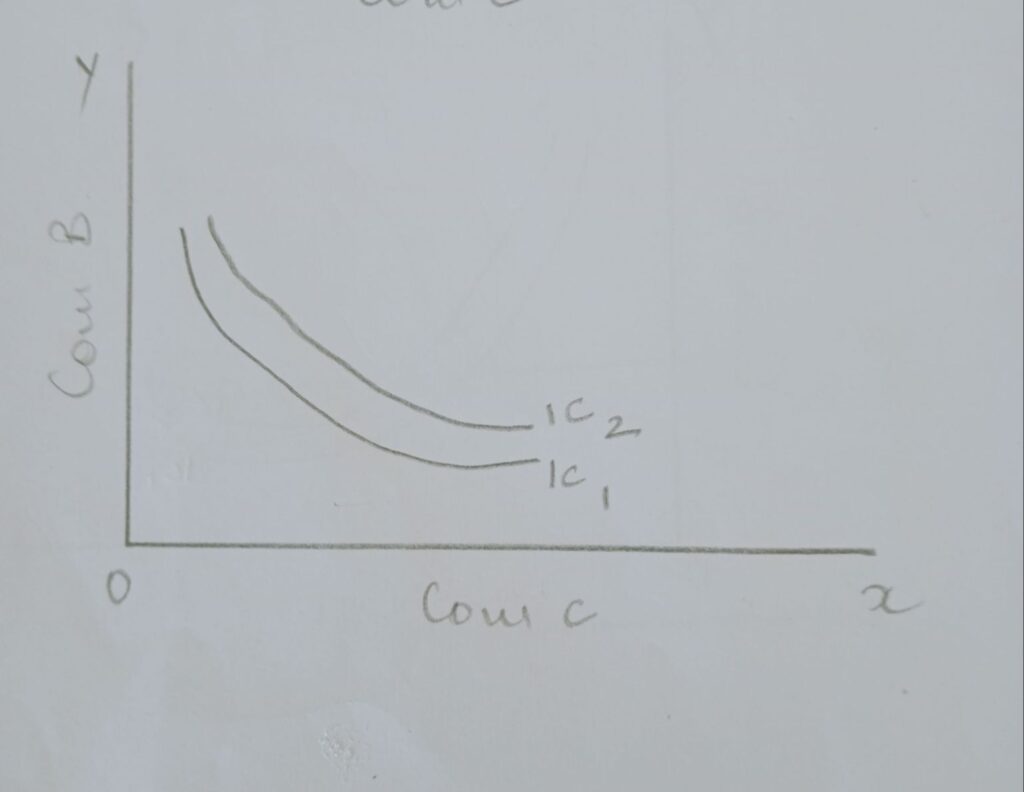
- An indifference curve bearing higher number represent higher level of satisfaction and a lower number represent a lower level of satisfaction: Higher IC represents higher level of satisfaction. A consumer moves on from one IC to other, a lower to the higher as his income increases in his income, as he would be able to buy larger quantities of both the commodities, his level of satisfaction increases.
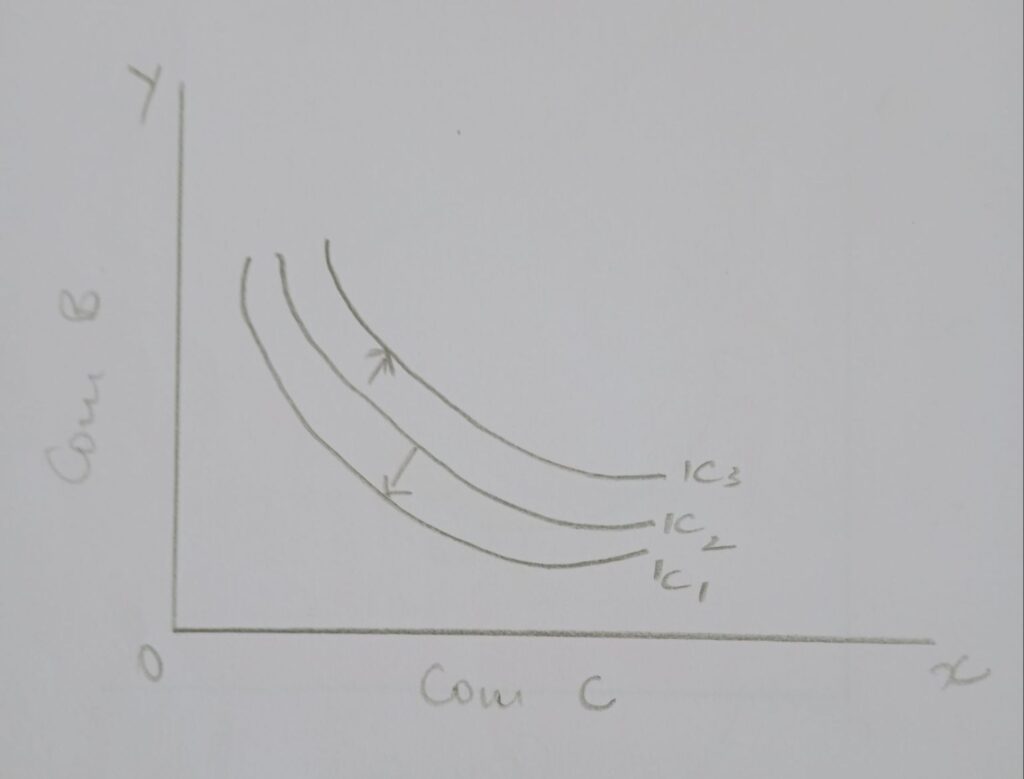
- An indifference curve should touch either of the axis: If the IC touches x axis, it indicates that the consumer is buying only commodity A and if the IC touches Y axis it indicates that he is buying only commodity B at the point where it touches the axis. Hence to represent the combination of two commodities, an IC should not touch either X axis or Y axis.
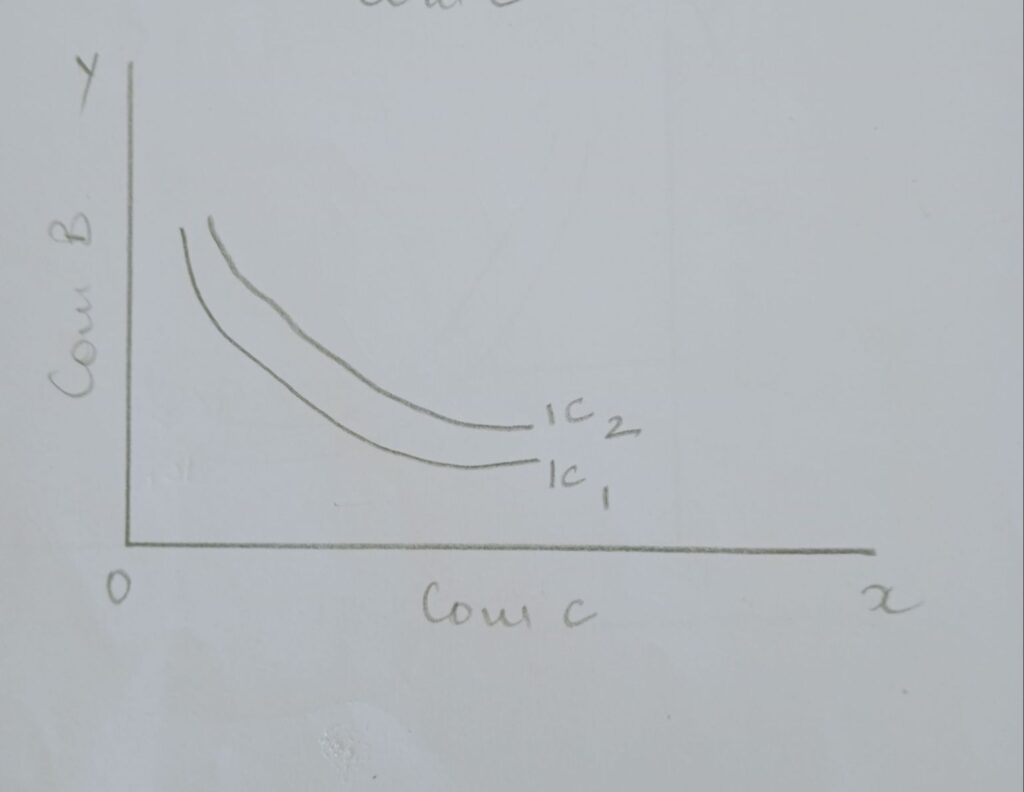
- Indifference curve are parallel to each other but it is not a rule: Generally speaking they slope downwards and they are parallel to each other .but the rate of substitution between the two commodities may not be the same in case of all IC. it depends on changing economic position of a consumer, there is no definite proportion between the ranges of different levels of satisfaction representing different IC. Hence they may be parallel or may not be parallel as the situation may be.
also read: explain the consumer equilibrium analysis.

